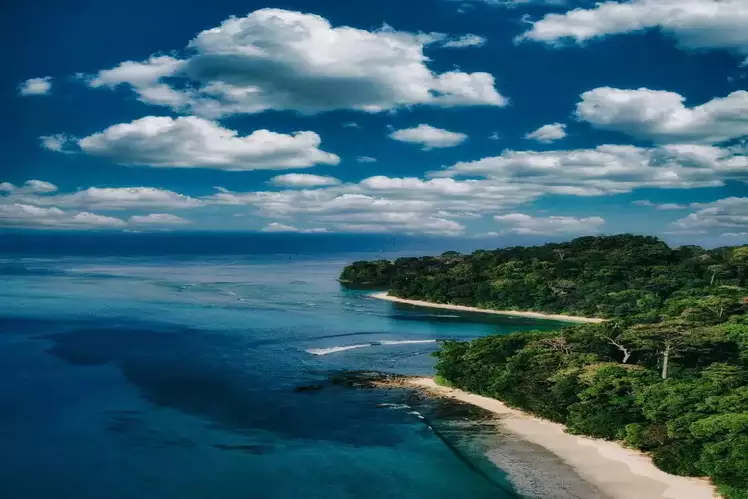
Cultural Insights
Exploring the Rich Cultural Tapestry of the Andaman Islands

The Andaman and Nicobar Islands, nestled in the Bay of Bengal, offer a unique blend of natural beauty and cultural richness. This archipelago, with its pristine beaches, lush forests, and diverse marine life, is also home to a tapestry of vibrant cultures and traditions. From the indigenous tribes to the influences of various settlers over the centuries, the cultural landscape of the Andaman Islands is as fascinating as its scenic beauty.
Indigenous Tribes: The First Inhabitants
The Andaman Islands are home to several indigenous tribes, each with its own distinct culture and way of life. Among these, the Great Andamanese, Onge, Jarwa, and Sentinalese stand out. These tribes have lived in relative isolation for thousands of years, preserving their traditional lifestyles and customs.
The Great Andamanese, once numbering in the thousands, now have a population of around fifty individuals. Their culture is deeply connected to the forest and sea, with traditional hunting, fishing, and gathering playing a central role in their daily lives.
The Onge, residing primarily on Little Andaman Island, are known for their distinctive language and traditional practices. Their way of life is closely tied to the natural environment, with a deep respect for the land and its resources.
The Jarwa and Sentinalese tribes, known for their isolation from the outside world, maintain their ancient customs and practices. The Sentinalese, in particular, are among the few remaining uncontacted peoples, and their way of life has remained largely unchanged for centuries.
Colonial Influence and Its Legacy
The arrival of European colonial powers in the 19th century left a lasting impact on the Andaman Islands. The British established a penal colony on the islands, which significantly influenced the region's demographic and cultural landscape. The influx of prisoners and settlers from different parts of India and beyond introduced new cultural elements and traditions.
One notable legacy of the colonial era is the presence of diverse communities, including Bengali, Tamil, and Telugu people, who have contributed to the island's cultural mosaic. Their festivals, cuisine, and customs have blended with the local traditions, creating a rich cultural diversity.
Contemporary Cultural Scene >
In contemporary times, the Andaman Islands have become a melting pot of cultures, with influences from various ethnic groups and communities. The local population celebrates a range of festivals and events, reflecting the island's cultural diversity.
Traditional festivals such as Pongal, Durga Puja, and Diwali are celebrated with great enthusiasm, showcasing a blend of local and Indian traditions. The cultural festivals often feature music, dance, and cuisine that highlight the island's rich heritage.
The cuisine of the Andaman Islands is another reflection of its diverse cultural influences. Seafood, being a staple, is prepared in various styles, with influences from Indian, Thai, and other Asian cuisines. Dishes like fish curry, prawn masala, and coconut-based preparations are popular among locals and tourists alike.
Preserving Cultural Heritage >
Efforts to preserve and promote the cultural heritage of the Andaman Islands are ongoing. Various initiatives aim to protect the indigenous tribes and their traditional practices, while also promoting cultural tourism in a sustainable manner. Museums, cultural centers, and educational programs are playing a crucial role in preserving the rich heritage of the islands and educating visitors about its significance.
In conclusion, the Andaman Islands are not only a paradise for nature lovers but also a treasure trove of cultural richness. The unique blend of indigenous traditions, colonial influences, and contemporary practices creates a vibrant cultural landscape that is both fascinating and educational. Exploring the cultural heritage of the Andaman Islands offers a deeper understanding of this beautiful archipelago and its people.